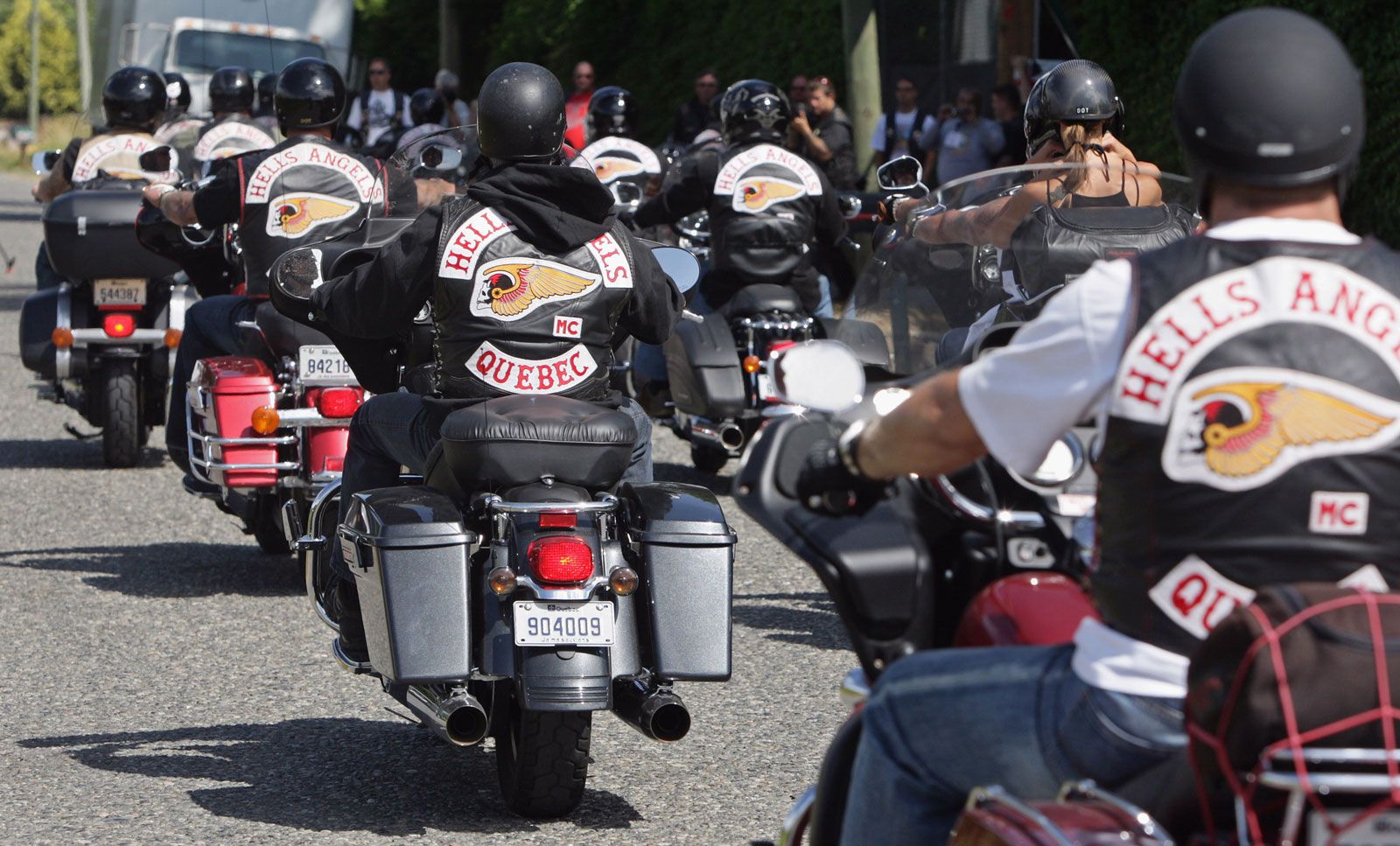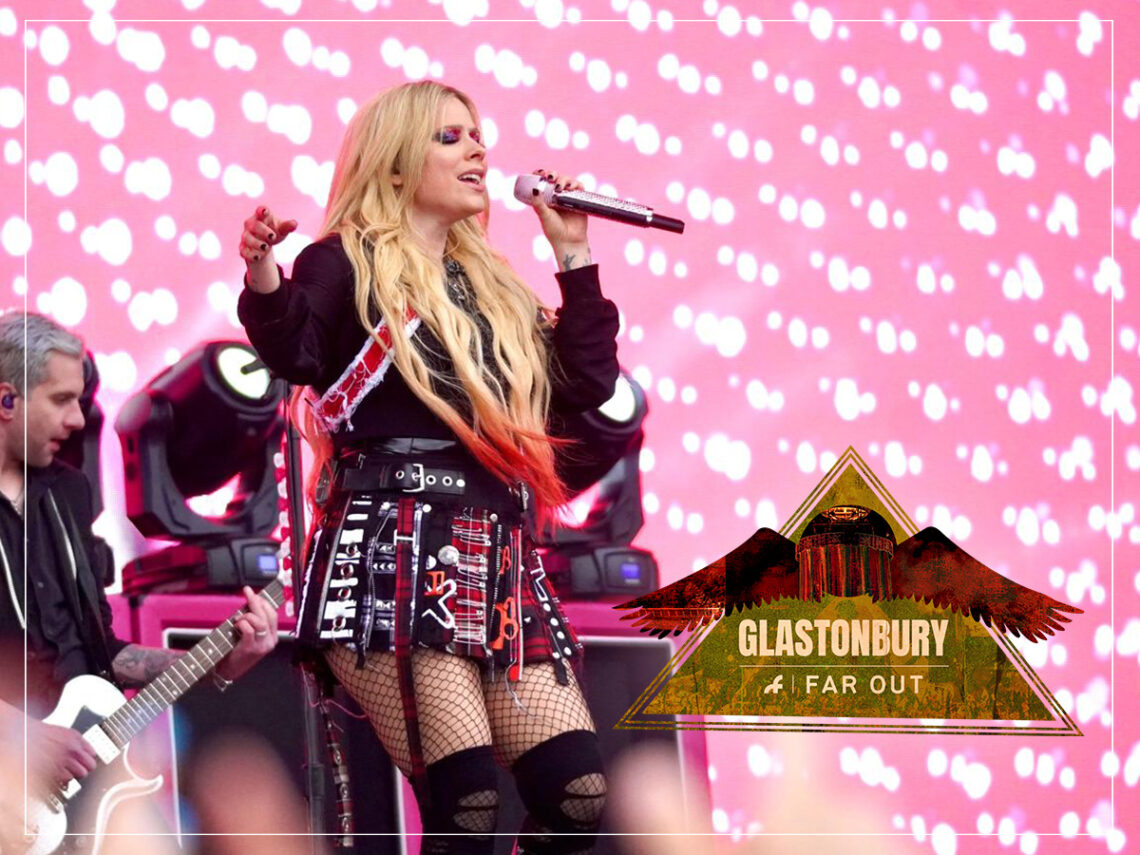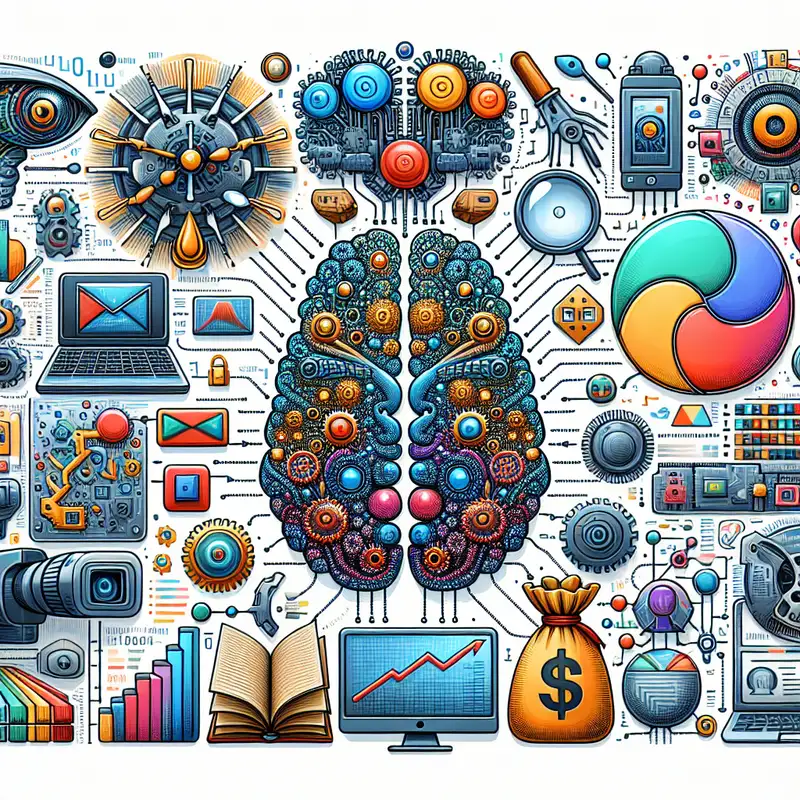The Hells Angels: Myths, Realities, And Public Perception

Table of Contents
The Mythologized Hells Angels: Media Portrayals and Popular Culture
The image of the Hells Angels is largely shaped by media portrayals and popular culture, often painting a picture far removed from the complexities of the organization itself.
The "Outlaw Biker" Stereotype
Media representations consistently depict the Hells Angels as violent criminals, perpetuating a dangerous stereotype.
- Movies: Films like Easy Rider (though not explicitly about the Hells Angels, it established the archetype) and numerous others portray them as ruthless gangs engaged in criminal activities.
- TV Shows: Television series often utilize the Hells Angels as antagonists, reinforcing the image of outlaw bikers engaged in drug trafficking and violence.
- News Reports: Sensationalized news coverage frequently focuses on criminal activities linked to HAMC members, contributing to a negative public perception.
This consistent negative portrayal significantly impacts public opinion, leading to widespread prejudice and the formation of deeply ingrained preconceived notions about the entire organization.
The Romantic Rebel Image
Conversely, the Hells Angels also hold a powerful appeal as rebellious figures, embodying freedom and counter-culture. This romanticized image is carefully cultivated and exploited.
- Fashion: Hells Angels imagery frequently appears on clothing and accessories, attracting a wider audience intrigued by the club’s rebellious persona.
- Music: Numerous bands and artists have incorporated Hells Angels imagery and themes into their work, further cementing the romantic rebel image.
- Art: The Hells Angels have become a subject of artistic expression, often portraying them as symbols of defiance and freedom.
This romanticized image, while commercially successful, contributes to the club's mystique and can ironically aid recruitment by attracting those drawn to the rebellious lifestyle it represents. The complexities of this romanticized image and the powerful pull it exerts on public imagination cannot be ignored.
The Reality of the Hells Angels: Criminal Activities and Organizational Structure
While the romanticized image persists, it's crucial to acknowledge the documented criminal activities of certain Hells Angels chapters.
Criminal Enterprises
Many Hells Angels chapters have been implicated in various illegal activities:
- Drug Trafficking: Several high-profile investigations have uncovered extensive involvement in drug manufacturing and distribution.
- Extortion: The club has been accused of using intimidation and violence to extort money from businesses and individuals.
- Violence: Numerous instances of violence, including assaults, murders, and organized crime-related violence, have been linked to HAMC members.
It's important to note, however, that the level of criminal activity varies significantly between different chapters and individual members. Generalizing about the entire organization based on the actions of some is a dangerous oversimplification.
The Hierarchical Structure
The Hells Angels operate with a strict hierarchical structure:
- Chapters: The club is organized into geographically dispersed chapters, each operating under a charter.
- Charter System: This system dictates the internal rules and regulations, ensuring a degree of uniformity across chapters.
- Leadership: A complex leadership structure, with various ranks and roles, ensures control and coordination across the organization.
This rigid structure, alongside strict codes of conduct and initiation rites, contributes to the club’s strength and cohesion.
Public Perception and the Hells Angels: Fact vs. Fiction
The disparity between the romanticized image and the reality of the Hells Angels creates a significant challenge in shaping public perception.
The Impact of Negative Publicity
Negative media coverage heavily influences public opinion, often overshadowing any attempts at positive portrayals.
- Media Bias: News outlets frequently focus on the criminal aspects of the club, reinforcing negative stereotypes.
- Sensationalism: The sensational nature of many news stories about the Hells Angels contributes to exaggerated perceptions of the organization's activities.
This negative publicity significantly impacts the club's reputation and its ability to engage in any positive public relations efforts.
Public Misconceptions and the Need for Balanced Reporting
Addressing the public's misconceptions requires balanced and responsible reporting:
- Nuance and Context: Accurate reporting must acknowledge the diversity within the organization and avoid sweeping generalizations.
- Responsible Journalism: Journalists should focus on factual reporting, avoiding sensationalism and biased perspectives.
Separating the actions of individual members from the overall image of the club is crucial for a fair and accurate understanding of the Hells Angels.
Conclusion
The Hells Angels Motorcycle Club presents a fascinating case study in the interplay between myth and reality. Media portrayals, both positive and negative, significantly shape public perception, creating a complex image that blends romanticized rebellion with documented criminal activity. Understanding the complexities of the Hells Angels requires a careful examination of both the myths and realities surrounding this notorious motorcycle club. Avoid relying on simplistic narratives and seek out diverse and well-researched sources to form your own informed opinion.

Featured Posts
-
 Glastonbury 2024 Unconfirmed Us Band Teases Festival Appearance
May 25, 2025
Glastonbury 2024 Unconfirmed Us Band Teases Festival Appearance
May 25, 2025 -
 Kynning A Fyrstu Rafmagnsutgafu Porsche Macan
May 25, 2025
Kynning A Fyrstu Rafmagnsutgafu Porsche Macan
May 25, 2025 -
 Google And Open Ais Battleground Deciphering I O And Io
May 25, 2025
Google And Open Ais Battleground Deciphering I O And Io
May 25, 2025 -
 Teenager Arrested For Murder After Darwin Shop Robbery In Nightcliff
May 25, 2025
Teenager Arrested For Murder After Darwin Shop Robbery In Nightcliff
May 25, 2025 -
 Boosting Regional And International Travel The Launch Of Ae Xplore At England Airpark And Alexandria International Airport
May 25, 2025
Boosting Regional And International Travel The Launch Of Ae Xplore At England Airpark And Alexandria International Airport
May 25, 2025
